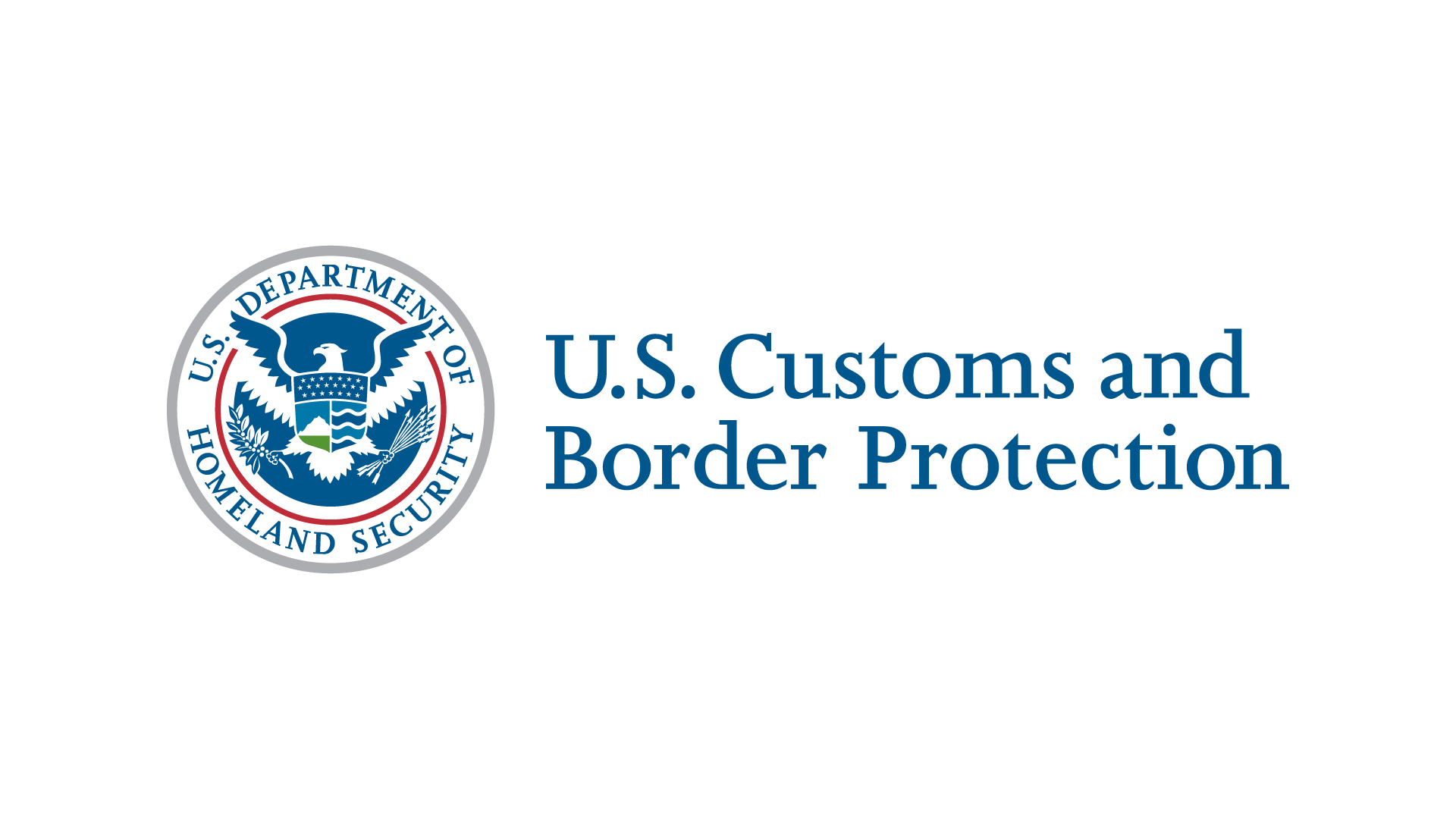
An additional list of Chinese products was released by the Office of the US Trade Representative (USTR). The items on that list may become subject to an additional duty of up to 25% ad valorem, pursuant to Section 301 of the Trade Act of 1974. List 4, the proposed product list covers 3,805 tariff lines (full and partial) that total to approximately $300 billion in imports which pertain to almost all products that have not already subject to Section 301 duties. Comprising this list are key consumer products as cell phones, televisions, toys, textiles and agriculture products.
The United States is already subjecting three earlier lists of Chinese products to an additional 25% ad valorem duty. The first of the lists, “List 1”, went into effect July 6, 2018, and covers 818 tariff lines and totaling nearly $34 billion in imports. August 23, 2018, saw “List 2” covering 279 tariff lines totaling approximately $16 billion in imports. And then finally on September 24, 2018, List 3 covering 5,745 tariff lines totaling approximately $200 billion in imports.
President Trump initially set the duty rate for List 3 at 10% ad valorem. On May 5, however, he announced his intention to increase the tariffs to 25% ad valorem, effective May 10, following reports that China was backsliding on commitments it had previously made. At the same time, he also directed USTR to begin the process that led to yesterday’s announcement on List 4.
As the USTR Federal Register notice explains, List 4 as proposed would cover essentially all products from China that are not currently subject to Section 301 duties, excluding only pharmaceuticals, certain pharmaceutical inputs, select medical goods, rare earth minerals, and critical minerals. Notably, the proposed list includes a number of tariff subheadings that USTR previously excluded after the public comment periods on Lists 1, 2, and 3—including those covering such products as high chairs and child safety seats. However, the proposed increase in duty will not affect products covered by product-specific exclusions granted with respect to Lists 1‒3.
As with the prior three product lists, USTR will conduct a public notice and comment process on the proposed List 4, including a hearing, before determining the final list of products that will be subject to the additional duties. The fact that the proposed list includes tariff subheadings that USTR explicitly removed from Lists 1 to 3, presumably because it was persuaded at the time that the imposition of tariffs on products covered by those subheadings would cause disproportionate economic harm to US interests, may mean the process this time is more of a formality than a genuine opportunity to remove tariff subheadings from the final list.
The notice and comment period are as follows:
- June 10: Deadline to request to appear at the hearing and provide a summary of testimony
- June 17: Deadline for submission of written comments
- June 17: Public hearing
- Seven days after the last day of public hearing. Deadline for submission of post-hearing rebuttal comments
When USTR announced the increase in List 3 duties from 10% to 25% ad valorem, it also confirmed that it would establish a product-specific exclusion process for List 3. The USTR has not yet published the details for the List 3 product-specific exclusion of that process. It is unknown whether they will establish a similar process for List 4.
China response to previous Section 301 duties was to impose similar duties on US imports. On May 13, China responded to the increase in List 3 duties by escalating its own duties effective June 1 on $60 billion in US imports originally imposed in 2018. Concurrently, China’s State Council stated that it “hopes the two sides will return to bilateral economic and trade consultations and strive to reach a mutually beneficial and win-win agreement on the basis of mutual respect.”
The State Council Customs Tariff Commission, on May 13th announced China’s tariff exclusion process in response to the recent change in US tariffs. Applications may be submitted by enterprises in China that import, manufacture or use the imported goods, or by their trade associations or chambers of commerce. The eligibility to apply extends to Chinese subsidiaries of foreign companies.
Application deadlines for exclusion are:
- June 3 to July 5: Deadline for application for exclusion from tariffs imposed in retaliation for the first $34 billion and the subsequent $16 billion of imports from China (corresponding in amount to the total of USTR List 1 and List 2) subject to ad valorem duties in the United States
- September 2 to October 18: Deadline for application for exclusion from tariffs imposed in retaliation for the $200 billion of imports from China (corresponding in amount to USTR List 3) subject to ad valorem duties in the United States
Following an unproductive negotiating session last week, China has reported to be unwilling to commit to making changes to its laws covering intellectual property, technology transfer, and subsidies, all of which are the core issues involved in these negotiations. China, in a course reversal, backed away from earlier commitments and declined to commit to additional reforms, according to US officials, Further negotiations are likely with Chinese officials already inviting USTR Lighthizer to Beijing. Next month, President Trump plans to meet with Chinese President Xi Jinping at the G20.
John C Riccardo, CHB will continue to provide updates on these developments.

